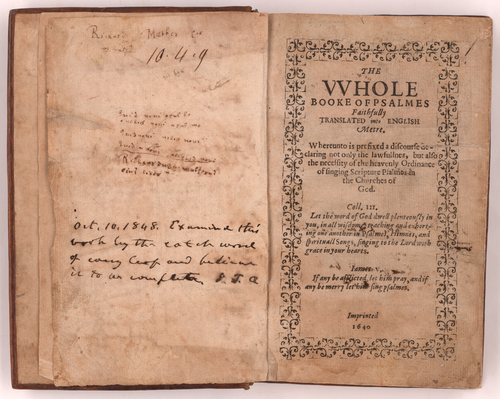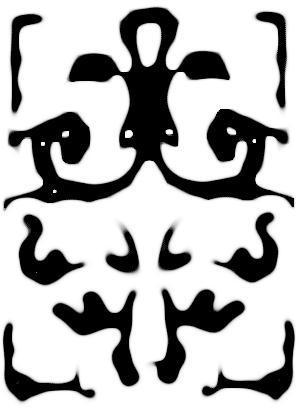The Design of the Book Part III: This One Design Element
I’ve been posting three “Intro to the Book” posts a week on the Colonial Comics blog, and I haven’t been reblogging all of them here but I wanted to share this one, since it’s really about the theme of the book.
I like it when an anthology doesn’t feel like an anthology. I like it when there’s a central them to the book (in this case, colonial New England), laid out in a way that makes sense (in this case, chronologically), with interstitials and design elements that work to bring the book together and make it feel like one continuous story that just happens to be told by a collection of talented creators. In order to do that, I first come up with some focal point, of sorts - a visual queue that can bring everything back to a theme before launching into the next section or story.
This first book is all about establishing an American Identity. And part of it focuses on the bad stuff - the wars and the genocide, slavery and the treatment of women. But the book was never meant to give the impression that everything was evil, and that our very foundation was corrupt. I took a page from Sarah Vowell’s The Wordy Shipmates to make sure that these earlier years were painted as a bit more nuanced. Because behind the scenes, you did have some social reformers and big thinkers and people who bucked the status quo. And that idea of making a better country, although muted and fought against at first, is really the foundation of the American Identity. And even though we’ve had a tumultuous history, and even though we’re still not anywhere near where we could be, there is still this inherent desire to be better that’s rooted in a large portion of our population. And, over time, the good ideas tend to win out, and we get closer to that idealized American Identity.
It feels like we inch towards the finish line, and that the finish line is constantly moving as new knowledge is made available to us, and in the moment it feels like we still have so far to go, but taken over the course of almost 400 years…we’ve gotten a lot closer.
And what got us there? The ability to share ideas. And at first it was through town meetings and church assemblies, but we eventually started printing books and then newspapers and then magazines and eventually the internet comes along and now it becomes harder and harder to HIDE information, although it still seems like doing something with that information is sometimes impossible.
When I was a kid, my life was changed by EPCOT’s Spaceship Earth. That’s not an exaggeration. Before Spaceship Earth, I wanted to be a cowboy or a vampire hunter. After Spaceship Earth, I wanted to generate knowledge and share those ideas. It lead to two career paths, in a sense, one focused on science and one focused on writing. And in both of those paths, I had a core belief that sharing ideas and knowledge is a necessary part of the creation of an ideal society.
The Puritans, for all their faults, believed the same thing. They wrote down everything, and once they got a printing press they printed everything. And the first book that they printed was the Bay Psalm Book. And I decided that, since this first volume was ultimately about ideas, the Bay Psalm Book had to be the focal point of the design of this book.
So I grabbed a scan of the book, shown below…
…and I isolated that one squiggly design element from the book and reproduced it in glorious 300DPI…
…and then I used it. Over and over and over again. I used it on promo materials, I used it in interstials, I used it for the table of contents and the book guide and the reference section and the bios and acknowledgement pages. It was a tip-of-the-hat to the one thing that I feel will eventually bring us closer to that ideal American Identity. The desire within us to share everything we know, everything we feel, and everything we want.
But I doubt anyone will really see that unless I tell it to them…so, thankfully, it makes for a pretty fantastic border:
Colonial Comics: New England, 1620-1750 will be released in October from Fulcrum Books. You can pre-order it on Amazon now.
Previous Design Posts:
Cover Process
Intro PagesPrevious Story Posts:
Harried Out The Land by Nick Bunker, Chris Piers, Jason Axtell, and Jason Hanley.
Thomas Morton, Merry Mount’s Lord of Misrule by E.J. Barnes.
Troublesome Sows by Virginia DeJohn Anderson and Mike Sgier
Garden in the Wilderness by Matt Boehm and Ellen T. Crenshaw
The Trial of Anne Hutchinson by Alexander Danner and Matt Rawson
The Press’s Widow: Elizabeth Glover by Erika Swyler, Noel Tuazon, and Jason Hanley
Maverick Island by J.L. Bell and Joel Christian Gill






